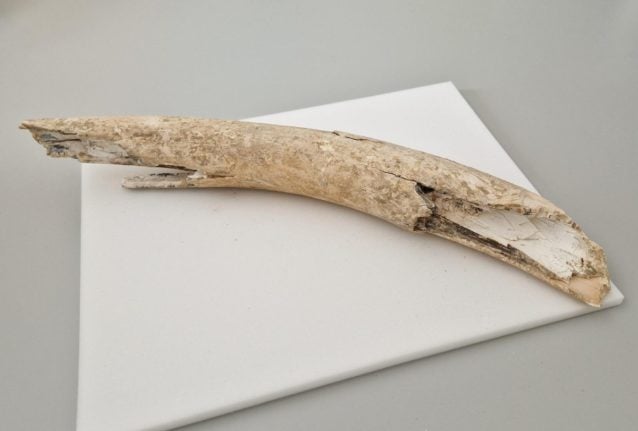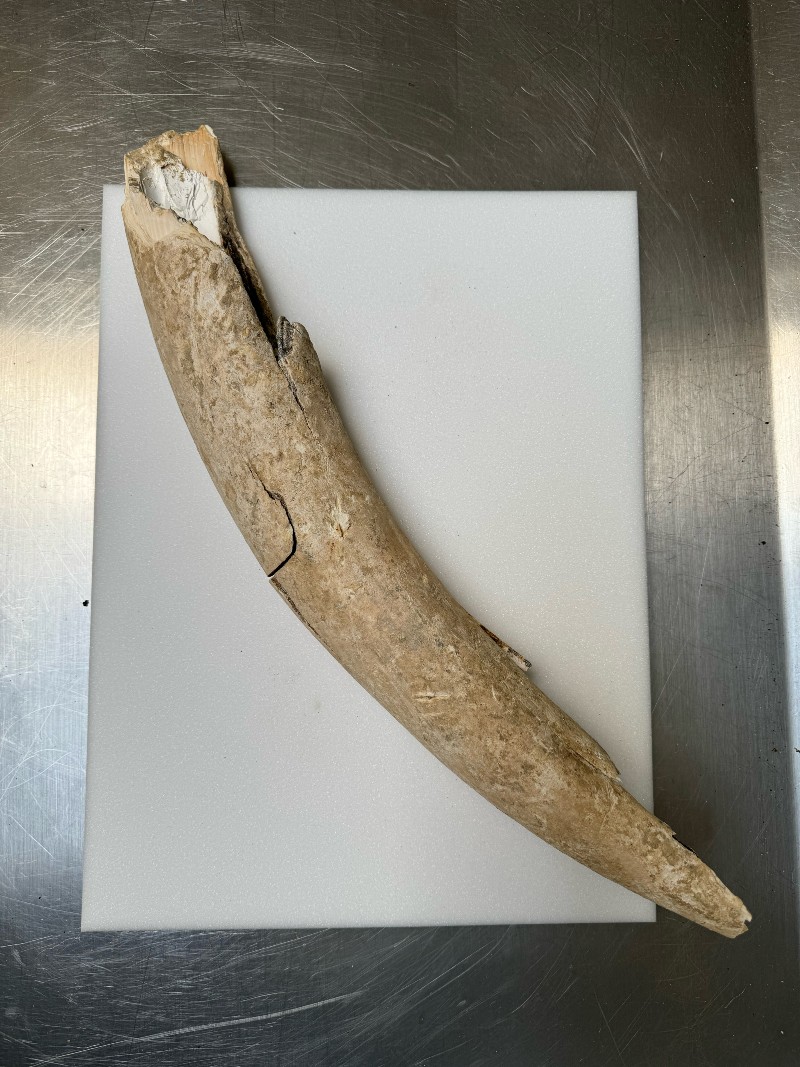The actor perhaps best known for playing Le Chiffre in the 2006 Bond film “Casino Royale” was at the Venice film festival to promote the Danish historical drama “The Promised Land”.
“In the American world, there is bad guys and good guys, right?” he said in an interview with AFP.
“It’s like, even though the film is gruesome and complex, they keep calling it bad guys/good guys, right?
“We don’t understand things like that in Danish film making.”
In Nikolaj Arcel’s film, Mikkelsen plays a Danish army captain in the 18th century trying to make his fortune by cultivating the barren Jutland heath, who comes up against a ruthless landowner.
But for Mikkelsen, this villain has a backstory: an ostracised childhood, where other youths “played with him, but they don’t like him”.
“So that’s not a bad guy, that is a sad human being… who does bad things.”
“So I would rather I would rather approach characters like that.”
That measured approach to his new film has not prevented Mikkelsen from playing a string of memorable villains, including the Nazi in the latest Indiana Jones film, released earlier this year.
But Ludvig Kahlen, the soldier he plays in Arcel’s film, is “a man who wants to be something that he hates”, he said.
The illegitimate son of a servant woman and a nobleman – the film’s Danish title translates as “bastard” – Kahlen hopes to be raised up into the nobility that abandoned him by transforming the barren land in the name of the Danish king.
“He hates nobility and he wants to be one them… and (he is) a man who is willing to burn down the world to achieve this,” Mikkelsen said.
‘Saved by the bell’
It’s his character’s eventual redemption that attracted Mikkelsen to the role.
“He’s never let anyone into his life. He’s never ever experienced any emotion towards any other person – And he is surprised when it happens,” he said.
“I found it interesting, this man luckily figures out a little late that there are people in his life that matter. So he’s saved by the bell.”
And without trying to impose modern-day morality onto a historical tale – “We didn’t try to squeeze something 2023 on top of it” – Mikkelsen says the film’s characters “are dealing with things and journeys that are recognisable for us today as well, in different scales”.
At 57, the actor who won the best actor award at Cannes in 2012 for his portrayal of a teacher wrongly accused of sexually abusing a student in “The Hunt”, continues to alternate between Hollywood blockbusters and independent productions.
“Nobody forces me, so it’s pretty voluntary… I get offered things that appeal to me one way or the other,” he said, though he always enjoys returning to his native Copenhagen.
But for now, no new projects are underway, “so right now, it’s family, sports, vacation”.




 Please whitelist us to continue reading.
Please whitelist us to continue reading.
Member comments